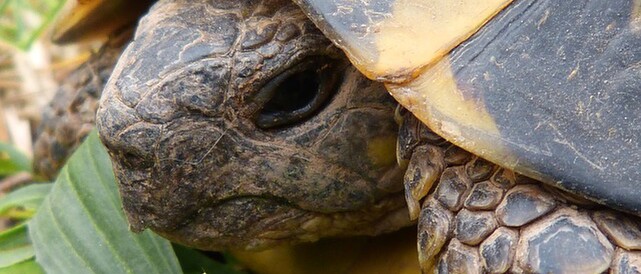John Cleese has a fantastic way of describing his own comedic creativity by likening it to a tortoise that nervously pokes its head out from its shell to see if it is safe to come out.
Using this analogy those of us that depend on new ideas for our work need to nurture an environment where creativity is encouraged and ideas are brought out into the open.
This can mean making sure we are in the right physical environment when we are under pressure to come up with new ideas. Paying attention to lighting, seating, sound or maybe even taking yourself outside for a while are all strategies that can encourage creativity.
The way we use the space we are in also has an impact on our ability to generate ideas freely. Some people have said they benefit from having a 'messy space' separated from their usual working environment where there is no pressure to keep things in order. It's a space where the blurred lines of creative thinking are not forced into a neat and tidy shape.
Organisations that depend on their staff finding new ways to tackle problems also need to consider whether their culture produces an environment that encourages creativity. How are people being encouraged to take the risk of putting forward ideas and make themselves vulnerable in front of their colleagues?
A thorough understanding of how people's personality preferences impact their approach to creativity is useful here. We use the Insights Discovery Profiles for this because it's based on a colour system that we find easy to remember and apply.
Another key skill to develop is called "late averaging" which means delaying the filtering of ideas until the appropriate time. Organisations often have a tendency to want to judge new ideas as soon as they are expressed. It's as if having a new, untested idea sitting on the table is a dangerous thing that needs to be tamed and put into a box that we are all comfortable with. The problem with this is that ideas are rarely in their best form as soon as they appear. It often takes time to allow an idea to develop or combine with other seemingly off-the-wall concepts to form into something actionable.
Averaging ideas out too quickly through pre-conceived attitudes to innovation is the equivalent to tapping a tortoise on the nose. It'll rapidly stick its head back inside its shell and it might be a while until you see it again!
This can mean making sure we are in the right physical environment when we are under pressure to come up with new ideas. Paying attention to lighting, seating, sound or maybe even taking yourself outside for a while are all strategies that can encourage creativity.
The way we use the space we are in also has an impact on our ability to generate ideas freely. Some people have said they benefit from having a 'messy space' separated from their usual working environment where there is no pressure to keep things in order. It's a space where the blurred lines of creative thinking are not forced into a neat and tidy shape.
Organisations that depend on their staff finding new ways to tackle problems also need to consider whether their culture produces an environment that encourages creativity. How are people being encouraged to take the risk of putting forward ideas and make themselves vulnerable in front of their colleagues?
A thorough understanding of how people's personality preferences impact their approach to creativity is useful here. We use the Insights Discovery Profiles for this because it's based on a colour system that we find easy to remember and apply.
Another key skill to develop is called "late averaging" which means delaying the filtering of ideas until the appropriate time. Organisations often have a tendency to want to judge new ideas as soon as they are expressed. It's as if having a new, untested idea sitting on the table is a dangerous thing that needs to be tamed and put into a box that we are all comfortable with. The problem with this is that ideas are rarely in their best form as soon as they appear. It often takes time to allow an idea to develop or combine with other seemingly off-the-wall concepts to form into something actionable.
Averaging ideas out too quickly through pre-conceived attitudes to innovation is the equivalent to tapping a tortoise on the nose. It'll rapidly stick its head back inside its shell and it might be a while until you see it again!

